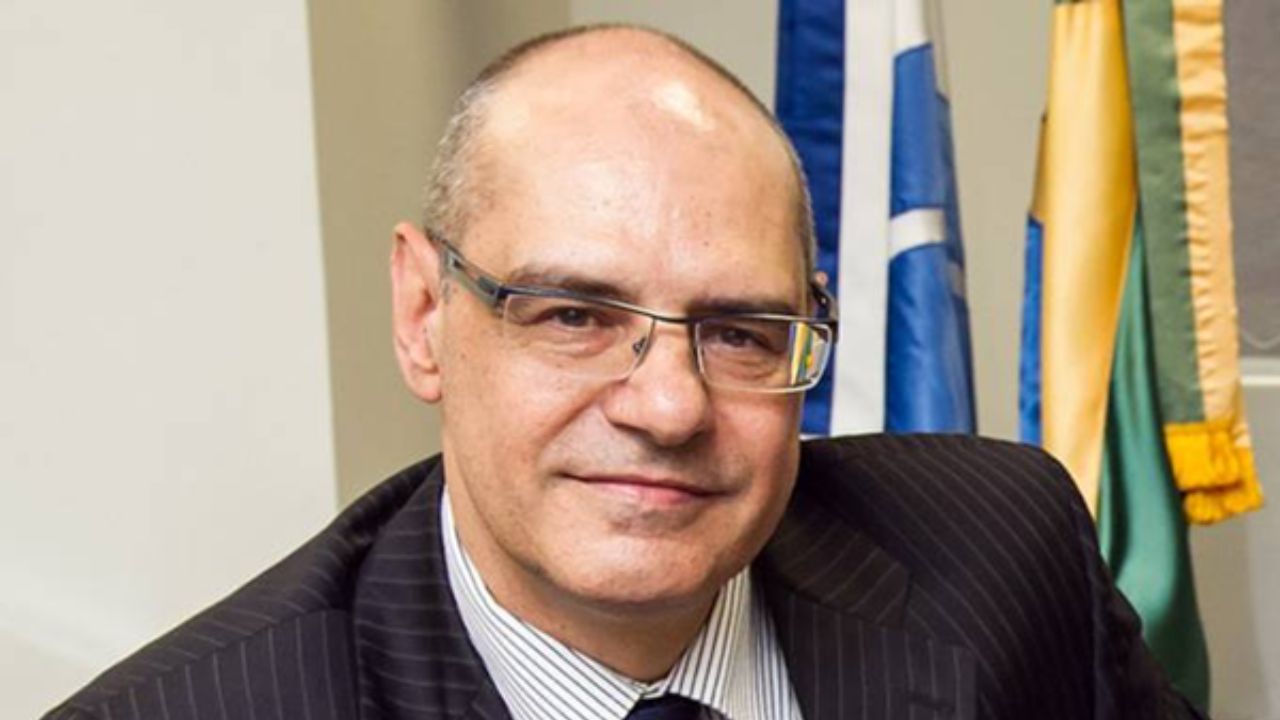Embraer, Brazil’s leading planemaker, foresees a potentially higher volume of aircraft deliveries for 2024 if not for persistent supply chain challenges, as highlighted by CEO Francisco Gomes Neto.
Despite aiming for an estimated delivery of 125 to 135 executive jets and 72 to 80 commercial planes this year, the company faces hurdles in materializing these goals due to ongoing supply chain disruptions.
Gomes Neto emphasized that while there have been improvements in addressing supply chain constraints, Embraer’s delivery projections remain cautious, reflecting conservative commitments from suppliers.
Growth Outlook and Financial Projections
Despite efforts to mitigate delays and improve production flow, the company encounters initial challenges in the new year, hampering its ability to maximize delivery potential in both the executive and commercial segments.

Embraer forecasts a robust growth of up to 21.5% in annual consolidated revenue, projecting a range between $6.0 billion to $6.4 billion for the year.
The company anticipates generating a free cash flow of at least $220 million, a figure deemed conservative by CFO Antonio Garcia. As visibility improves, the guidance regarding free cash flow will be updated to reflect the evolving financial areas.
Supply Chain Hindrances to Achieve Growth
Despite grappling with supply chain challenges that impacted its 2023 results, Embraer reported a 55% growth in adjusted net profit for the fourth quarter, reaching 350.6 million reais ($70.20 million).

The company’s net debt, excluding its electric aircraft subsidiary Eve, decreased to 3.9 billion reais, attributed to significant positive free cash flow generated during the quarter, underscoring Embraer’s resilience in navigating operational hurdles.
As Embraer confronts ongoing supply chain disruptions, it remains committed to pursuing strategies aimed at overcoming challenges and capitalizing on growth opportunities.
With a focus on enhancing production efficiency and strengthening partnerships with suppliers, the company endeavours to realize its ambitious delivery targets and sustain its upward trajectory amidst a dynamic operational sector.
